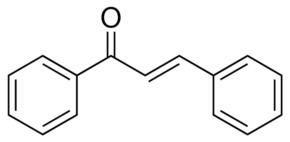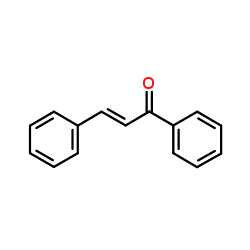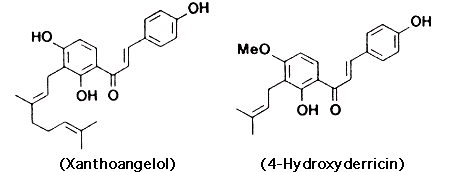Formula C15H12O Density 1.07 g/cm³ | Molar mass 208.26 g/mol | |
 | ||
Synthesis of chalcone experiment 1
Chalcone is an aromatic ketone and an enone that forms the central core for a variety of important biological compounds, which are known collectively as chalcones or chalconoids. Benzylideneacetophenone is the parent member of the chalcone series. The alternative name given to chalcone are phenyl styryl ketone, benzalacetophenone, β-phenylacrylophenone, ɣ-oxo-α,ɣ-diphenyl-α-propylene and α-phenyl-β-benzoylethylene.
Contents
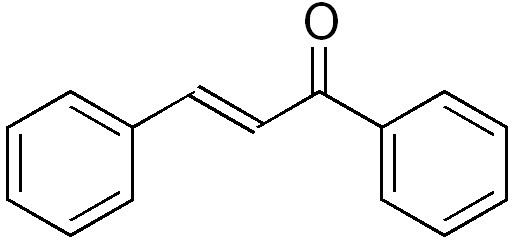
Chalcones and their derivatives demonstrate wide range of biological activities such as anti-diabetic, anti-neoplastic, anti-hypertensive, anti-retroviral, anti-inflammatory, anti-parasitic, anti-histaminic, anti-malarial, anti-oxidant, anti-fungal, anti-obesity, anti-platelet, anti-tubercular, immunosuppressant, anti-arrhythmic, hypnotic, anti-gout, anxiolytic, anti-spasmodic, anti-nociceptive, hypolipidemic, anti-filarial, anti-angiogenic, anti-protozoal, anti-bacterial, anti-steroidal, cardioprotective, etc.
Chemical properties
Chalcones have two absorption maxima at 280 nm and 340 nm.
Synthesis
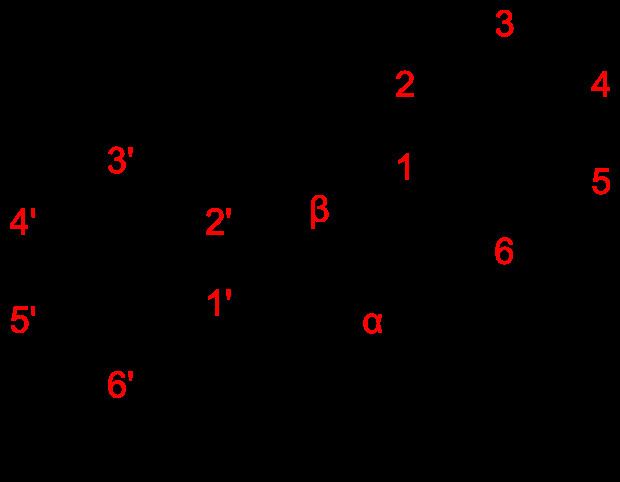
Chalcones can be prepared by an aldol condensation between benzaldehyde and acetophenone in the presence of sodium hydroxide as a catalyst.
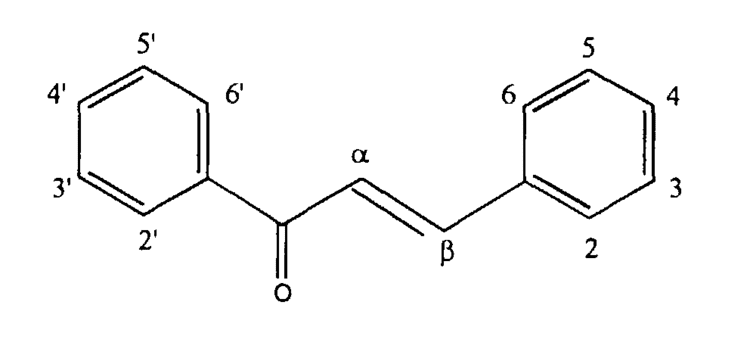
This reaction has been found to work without any solvent at all - a solid-state reaction. The reaction between substituted benzaldehydes and acetophenones can be used as an example of green chemistry in undergraduate education. In a study investigating green syntheses, chalcones were synthesized from the same starting materials in high-temperature water (200 to 350 °C).

Substituted chalcones were also synthesised by piperidine-mediated condensation to avoid side reactions such as multiple condensations, polymerizations, and rearrangements.
Other reactions
An example is the conjugate reduction of the enone by tributyltin hydride:
